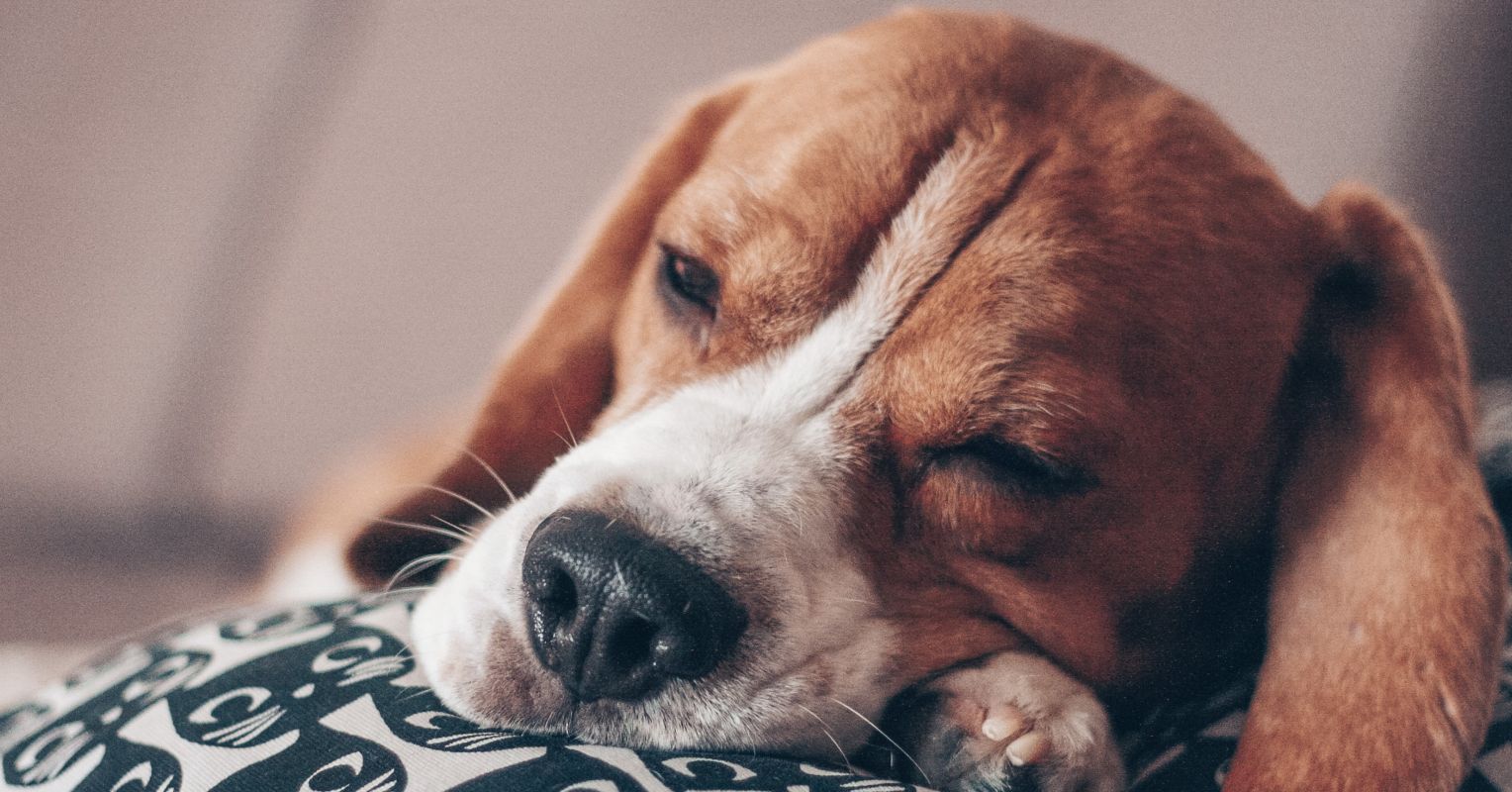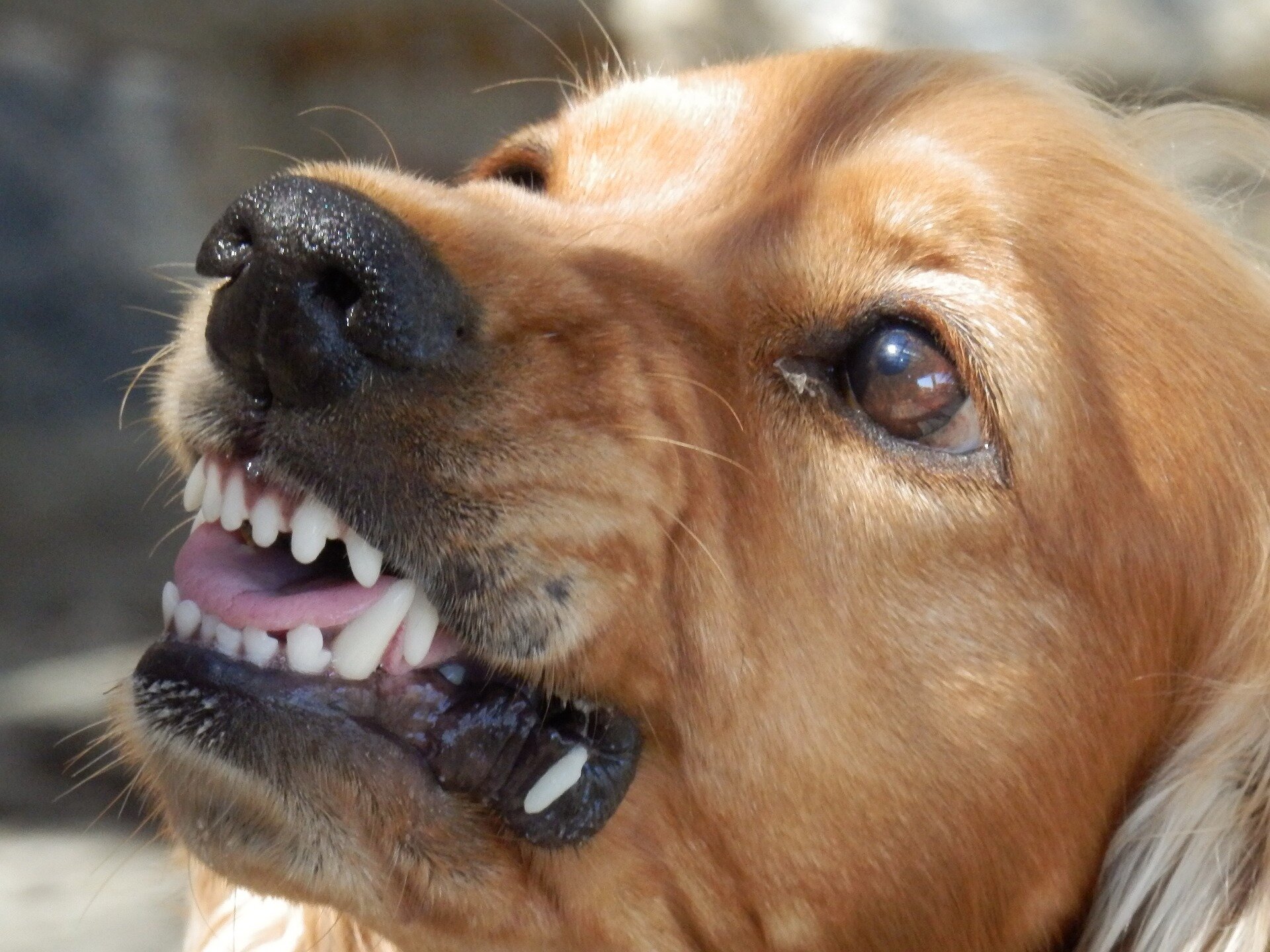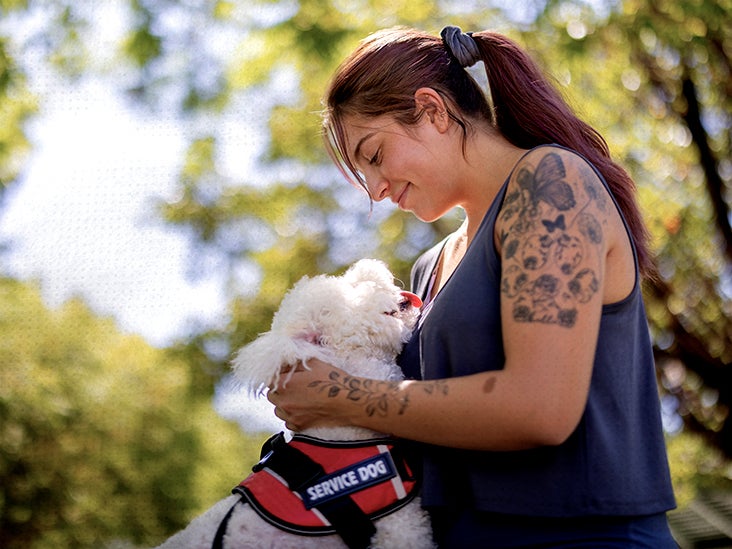
Can Canines Have Sleep Disorders_
Dina Nasyrova / Pexels
A buddy known as me as a result of she was anxious about how a lot her canine was sleeping. She stated, “Max [her St. Bernard] sleeps by means of the night time soundly. He will get up for his morning stroll and once we get again he instantly conks out once more. He’ll get up for an occasional lap round the home or to spend a number of moments from time to time to ‘defend’ us from visits from the postman or different supply individuals, however aside from walks, he appears to spend most of his time curled up in his mattress or snoozing on the lounge rug. I might guess that he spends round 14 hours a day sleeping — that is twice as a lot as I sleep! Does he have some kind of sleep problem?”
To start with, it is very important notice that canines can have sleeping problems, nevertheless, regular canines sleep otherwise than people do. It’s these variations that may trigger some canine homeowners to surprise if their canine is sleeping an excessive amount of or not sufficient.
The fundamental reality is that canines are carnivores (meat eaters) and carnivores sleep greater than herbivores (plant eaters). The reason being apparent, since carnivores hunt herbivores it’s extra harmful for a hunted animal to sleep. Most analysis has proven that a median grownup canine will sleep between eight and 14 hours out of each 24, which is greater than their human (omnivore) homeowners usually sleep (which is between seven and 9 hours a day). Nonetheless, a canine’s pure sleep size is modified by a variety of elements.
Age Makes a Distinction
Usually talking, puppies sleep greater than grownup canines. Their attribute exercise sample is to cost round in play mode for a short time, after which to plop down and take a nap. Puppies want extra sleep to preserve power which is important for them to develop correctly. A pet may sleep lower than an grownup canine at night time, however extra hours throughout the day.
On the reverse finish of the age spectrum, senior canines are likely to sleep virtually as a lot as puppies, nevertheless, they have an inclination to get up much less typically throughout the night time and should sleep later within the morning. They may even take frequent naps throughout the day. Based on a current examine from North Carolina State College, older canines with dementia can develop the identical sort of sleep problem that older people with Alzheimer’s typically have. Particularly, these outdated canines don’t sleep as deeply as regular canines and may present a discount in whole sleep time. Moreover, this examine reveals that they’ve atypical brainwave patterns throughout sleep.
Dimension Makes a Distinction
Usually talking, bigger canines (like my buddy’s St. Bernard) are likely to sleep longer than smaller canines. The argument is that the bigger the canine the extra power it requires to maneuver and subsequently they want extra sleep time to recharge.
There’s an fascinating quirk right here. Identical to people do, canines dream and their desires are marked by the identical REM (speedy eye actions) that mark human dreaming. Nonetheless, in terms of canines the unanticipated discovering is that dimension additionally makes a distinction in canine dream conduct. Massive canines have longer desires than smaller canines, nevertheless, they’re much less frequent. Smaller canines can have a lot shorter dream durations, however they’ll have many extra of them. Thus for a big canine like a St. Bernard, he may need one dream each 45 minutes and it’ll final for 4 minutes. Evaluate this to a a lot smaller canine, like a Pug, who can have a dream each 10 minutes, however every will solely be round one minute in size.
Obstructive Sleep Apnea
Now that you’ve got an concept of what regular sleep patterns are in canines I ought to level out that canines, like people, may also expertise sleep problems. I’ve already talked about that outdated canines with dementia present the identical disrupted sleep patterns that people with Alzheimer’s illness do. Nonetheless, the most typical sleep problem in canines might be obstructive sleep apnea. It is usually extremely prevalent in people affecting 15 to 30 p.c of all males and 10 to fifteen p.c of girls in North America.
The title of this illness just about describes its nature, for those who perceive that apnea is a brief stoppage of respiration. Episodes often happen when sleep relaxes the tissues and muscle tissue within the higher airway of the nostril and throat. These then droop down and hinder regular respiration. With no efficient respiration, the oxygen stage within the blood drops, and shortly the person wakes up momentarily gasping for breath. The person then falls again to sleep and often doesn’t bear in mind awakening. This will occur tons of of instances every night time, which makes the conventional relaxation and recuperation offered by sleep practically unimaginable.
The rationale that this dysfunction is so prevalent in canines is that it’s a frequent downside in short-faced (brachycephalic) canines like Pugs and Bulldogs. It’s because their flat faces compress their airways. Sleep apnea is definitely on the rise statistically due to the elevated recognition of the French Bulldog and related short-faced breeds, particularly in America.
As a canine proprietor, the symptom to search for is frequent and loud snoringfrom your canine. Therapy often entails surgical procedure or remedy, though some life-style adjustments (like weight reduction) may also assist.
Narcolepsy
Narcolepsy is a reasonably weird dysfunction that’s characterised by abrupt and uncontrollable assaults of deep sleep which can happen when the canine is worked up or taking part in. It’s incessantly related to cataplexy, which is a sudden short-term lack of muscle tone. In each individuals and canines, a narcoleptic assault with catalepsy leaves the person simply unexpectedly sinking to the ground in a state of sleep.
There’s a genetic element to this illness, and it was initially found in a line of Poodles, though it additionally seems in some Doberman Pinschers and sporadically in Labrador Retrievers. Traces of canines prone to the dysfunction have really been systematically bred in laboratories for researchers in search of a human and canine treatment. Sadly, there isn’t a treatment in the mean time, nevertheless, the excellent news is that the situation will not be life-threatening and would not worsen with age. Some lately found drugs can no less than forestall catalepsy.
REM Sleep Habits Dysfunction
REM sleep conduct dysfunction was solely recognized and named within the mid-Eighties. It’s a situation the place people bodily act out their desires whereas nonetheless asleep. The hazard in people is that these actions may cause harm to the person or their mattress associate, particularly if they’re performing out a violent nightmare. It’s extra frequent in older individuals.
In canines with the dysfunction, you typically see violent limb actions, howling or barking, and related behaviors in a sleeping canine. It differs from the human type of the dysfunction for the reason that majority of canines first exhibit signs earlier than they’re one yr outdated and the results typically appear to scale back in a while. Fortuitously for each individuals and canines, the remedy seems to be efficient in round 75 p.c of circumstances.
So you possibly can see that sleep problems do happen in canines, and aside from obstructive sleep apnea in short-faced canines, they’re comparatively uncommon.
Copyright SC Psychological Enterprises Ltd. Is probably not reprinted or reposted with out permission


